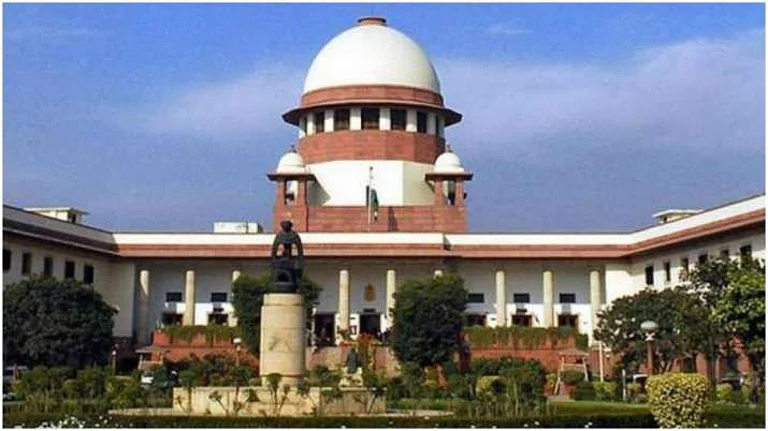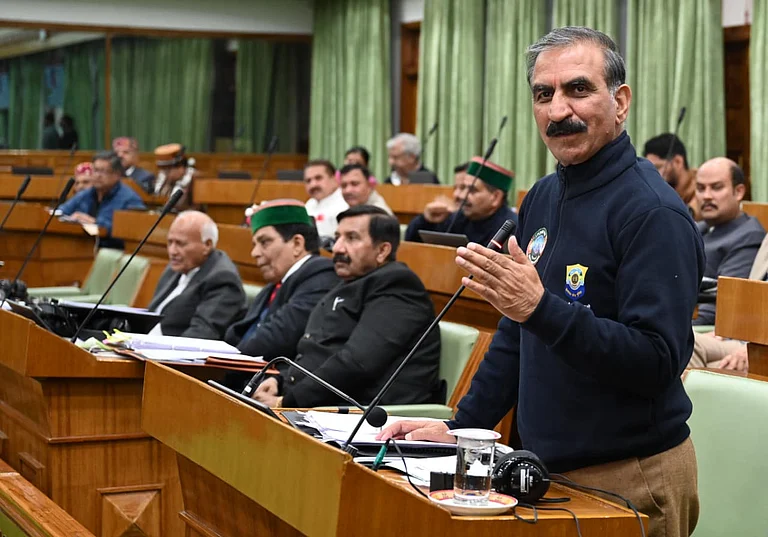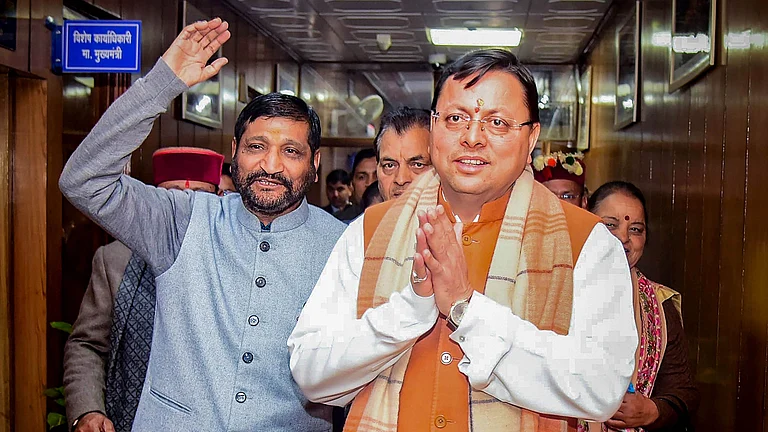With Anoop Nautiyal
A few weeks ago the Sunday of December 24, 2023, was unlike any other day in the recent history of Uttarakhand. Thousands thronged the streets of the state capital Dehradun on a warm, balmy day and marched from the centre of the town at Parade Ground to Shahid Smarak, a landmark built in memory of statehood martyrs in the city court. For a state carved out of Uttar Pradesh, the march was reminiscent of the countless ones from the past, taken in large numbers by women and the young.
The “Bhukanoon and Mool Niwas Maharally” provided a glimpse of the anxiety many of Uttarakhand’s residents are feeling. Of late, demands have grown loud with many asking for stronger land laws like the other Himalayan states. At the heart of these demands is the sentiment to ensure that scarce agricultural land is preserved with long time residents owning ancestral land and not frittered away in the name of investments. Coupled with this is the issue of jobs and opportunities where many allege that non-domiciles have usurped the limited possibilities that should have been more widely available for long time residents.
All of this is fueling a growing chorus in Uttarakhand whose people aspire that the prevailing Uttar Pradesh Zamindari Abolition and Land Reforms Act 1950 (Uttaranchal Adoption & Modification 2003) will be strengthened and made more stringent in the hill state at par with the land laws in the neighboring state of Himachal Pradesh.
The UP ZALR Act 1950 is amongst the first historical land reform laws in India, the formulation of which had started even before Independence in 1947. Close to the departure of the British, questions had arisen about land ownership. It was widely felt that the freedom movement would be futile unless the landless farmer obtained freedom from the clutches of middlemen to whom they were subjects for generations on end.
It was this spirit that led to the adoption of all prevailing acts from Uttar Pradesh including the UP ZALR Act 1950 when the state was carved out of the parent state after a long drawn, historic Uttarakhand andolan and became the 27th state in the Union of India in the month of November 2000.
Coming up with new land laws in Uttarakhand in 2003, the first elected Chief Minister of Uttarakhand, Narayan Datt Tiwari, was deeply concerned with the state of affairs since the government had received complaints of large scale sale and purchase of agricultural land for non-agricultural activities and unscrupulous purposes. Given the above background, Tiwari adopted the path of Himachal Pradesh Tenancy and Land Reform Act 1972 under immense public pressure.
Section 118 of the Himachal Pradesh Act provided that a person who is a non agriculturist cannot buy agricultural land and the government would only allow purchase of limited land for residential purposes. Taking a cue, the Tiwari government imposed a limit of a maximum of 500 Square Meters of land that could be purchased by non-domiciles. However, there were no such limits on land transactions in municipal or urban areas.
Once the Tiwari government was replaced and Major General Bhuwan Chadra Khanduri took over as the fourth Chief Minister of Uttarakhand in 2007, the 500 square meter limit was further reduced to 250 Square Meters. In spite of taking a stricter stand on sale of agricultural land, no limits or changes were brought about in the case of sale and purchase of land in municipal areas.
The provisions of the act were diluted the most with frequent amendments in sections 129, 143 and 154 etc. after new governments came to power in 2017 onwards in Uttarakhand. One of these sections i..e. Section 143A provided that if the land purchased for industrial purpose is not used within two years, then it would be vested in the government. Several people acquired land for industrial purposes which were never set up. When the land was to be confiscated or seized, the bhu mafia influenced the decision makers and got this subsection of this law removed.
At more or less the same time as the Investor Summit in 2018, the state government increased the municipal limits and transferred 385 villages of 12 out of 13 districts of the state to allegedly benefit the land trading lobby. With this change in urban local bodies, 50,104 hectares of land were made available for buying and selling. 20,221 hectares out of this in the rural areas of 85 villages were added to the Municipal Corporation of Dehradun apart from areas such as Herbertpur, Vikas Nagar, Rishikesh and Doiwala in the district of Dehradun.
Sensing the public anger, the state government has now banned buying and selling of land in the state to non-domiciles until a new law is enacted. The government has made another committee headed by the Additional Chief Secretary Radha Raturi to examine the recommendations of an earlier committee formed in 2021 under the chairmanship of former Chief Secretary Subhash Kumar. With the state losing 1.2 lakh hectares of agricultural land within two decades from 2000-2001 as per government figures and with the pace of loss accelerating in recent years, these are grave concerns for Uttarakhand.
There is also the issue with the choice of the word “outsider” that is being used by the state government and not “non-agriculturist”. This is going against constitutional tenets that allow one to buy or sell land in any part of the country and creating social disharmony. Such narratives tend to compound societal fractures with many arguing that if people from Uttarakhand can buy land in different areas of the country, why should others be prohibited from buying land in the state.
With Lok Sabha elections just round the corner, time alone will prove how the issue of land laws pans out in the Himalayan state. But one thing is for sure, Uttarakhand and its people are not close to any sort of conclusion, and for the sake of the state’s future, a considered and clear decision towards preserving scarce, dwindling land is the need of the hour.
Jay Singh Rawat is a senior journalist and Anoop Nautiyal is a social worker. Both are based out of Dehradun, Uttarakhand.

























